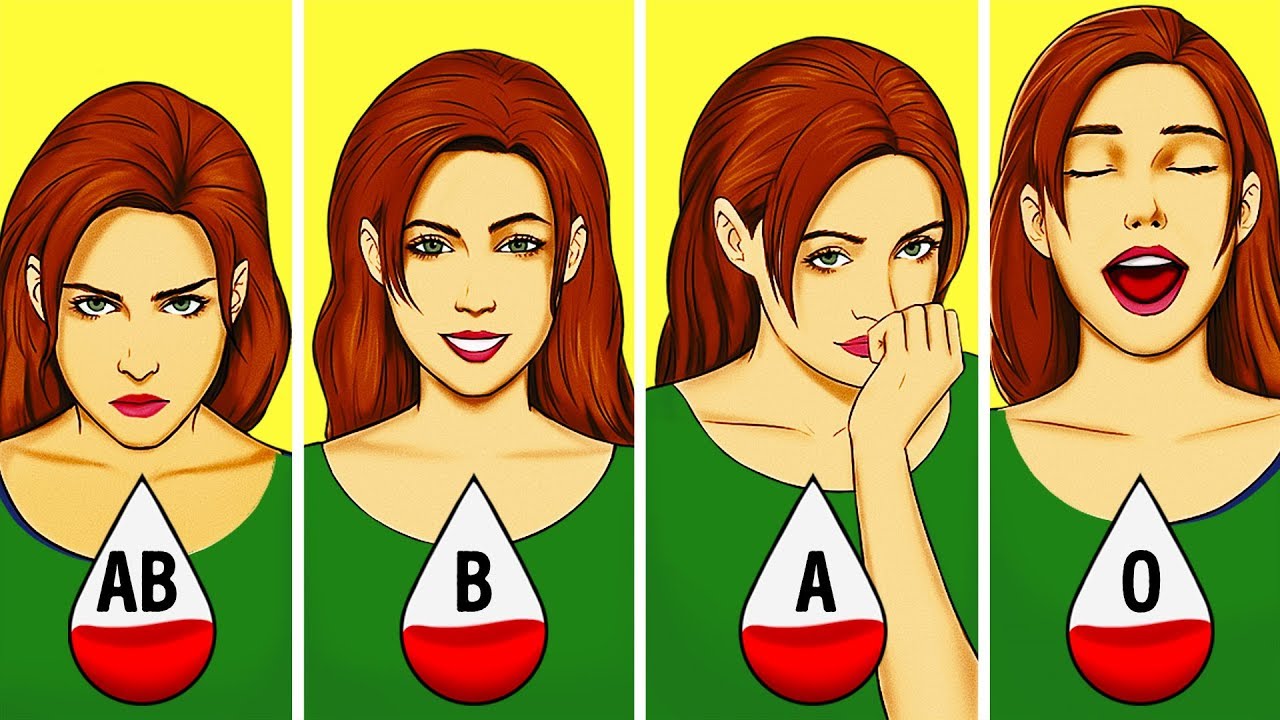

Despite this never being proven correct, South Korean and Japanese cultures still believe in these myths. Some people believe that a person's blood type can predict a great deal about them, including their character, personality, and even how well they get along with others. In an emergency when a blood transfusion is required, the use of O negative is the safe choice, especially when there is no time to test the patient for blood type.Īn individual with O negative blood is considered to be a universal donor if they donate blood. People with O negative blood following the Eat Right for Your Blood Type Diet are believed to be healthiest on a diet of lean protein, and only limited wheat and grains, which will cause them to gain weight. People with type O blood tend to have higher levels of stomach acid and therefore experience more ulcers. While a person with O negative blood has no A or B antigen in their red blood cells, the plasma still contains A and B antibodies. If they are given any other type will cause an immune response in the body. If a person with O negative blood can only receive O negative blood. Medical intervention is required to help avoid complications that can become fatal for the baby if left untreated with antibodies. This is not a problem unless the O negative mother is Rh- and the baby is Rh+. Most babies do not have the same type of blood as their mother. If both parents are B the child will be either O or B. A child born to both parents with A will be either O or A. A child born to one parent with O and the other B will be either O or B at birth.

A child born to parents who are both O will also be O.Ī child born to one parent with O and the other with A will be either O or A at birth. The blood type of a person is determined by chromosome 9. There are several blood types including A+, A-, B+, B-, AB+, AB-, O+, and O-. Answer: 2 on a question Which of the following is a characteristic of blood type ab+ has antibodies a and b in the blood plasma has antigens a and b on the red blood cells has no rh. Higher rates of O negative blood type are found in people from Spain, Iceland, New Zealand, and Australia. Only 4% of Africans and Hispanics have O negative blood type and only 1% of Asians have O negative. O negative blood is more common in Caucasians, at 8% of the population. It is estimated that only 6.6% of people have O negative blood type. O negative blood is also considered to be the safest blood for use in transfusions of newborn babies because they have undeveloped immune systems. This makes it possible for donated O negative blood to be used for transfusion for other blood types, but an individual who has O negative blood can only receive blood from other O negative donors. Antigens include protein, carbohydrates, glycoproteins and glycolipids. As a result, people with type A blood develop anti-B antibodies. After birth, each person’s plasma cells start producing antibodies against the A or B antigen that is not present on his or her RBCs. In type O blood, neither A antigen nor B antigen is present. O negative is the rarest of all types and this blood type has no antigens. Type AB blood has both A and B antigens on RBCs. O negative blood is a blood group classification.


 0 kommentar(er)
0 kommentar(er)
